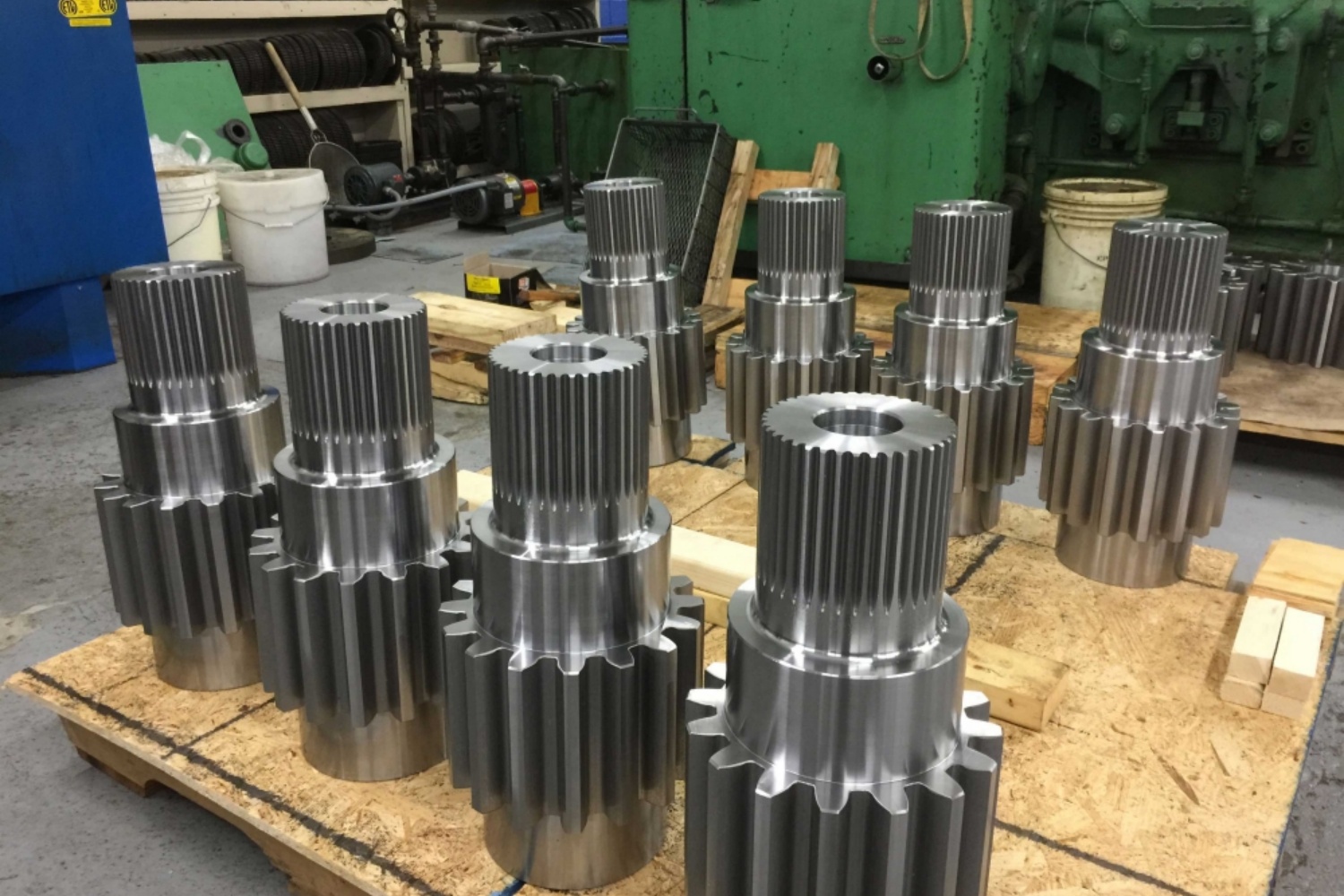In industrial machinery, V-groove pulleys are a critical component, transferring power efficiently and ensuring the smooth operation of various mechanical systems. The size of a V-groove pulley directly influences its functionality and compatibility with specific applications. Understanding this relationship is key to optimizing performance.
What is a V-Groove Pulley?
A V-groove pulley is designed with a wedge-shaped groove that accommodates V-belts. This design increases friction and allows for greater power transmission. Commonly used in air compressors, fans, pumps, and other industrial equipment, these pulleys are available in various sizes and materials to meet diverse operational needs.
The Importance of Size in V-Groove Pulleys
The size of a V-groove pulley determines several critical performance factors:
- Speed Ratio: The pulley’s diameter influences the speed of rotation in the connected system. A larger pulley reduces speed but increases torque, while a smaller pulley increases speed at the cost of torque.
- Belt Compatibility: The groove size must match the belt’s cross-section for optimal performance. Incorrect sizing can lead to slippage or uneven wear, compromising efficiency.
- Load Handling: Larger pulleys can handle heavier loads due to the increased contact area with the belt, reducing wear and tear.
- Flexibility and Space: Smaller pulleys are ideal for compact systems requiring high-speed operations, while larger pulleys are better suited for systems prioritizing durability and torque.
Comparative Table of Pulley Sizes and Performance
| Pulley Size | Speed Ratio | Torque Handling | Space Requirement | Ideal Application |
| Small (< 100 mm) | High speed | Low | Compact | Lightweight machinery, HVAC systems |
| Medium (100-300 mm) | Balanced | Moderate | Moderate | General industrial use |
| Large (> 300 mm) | Low speed | High | Spacious | Heavy-duty equipment, conveyors |
Common Types of V-Groove Pulleys
V-groove pulleys come in various configurations tailored for specific applications:
- Single Groove Pulleys: Used in systems with a single belt, offering simplicity and ease of maintenance.
- Multi-Groove Pulleys: Accommodate multiple belts, providing higher power transmission and redundancy.
- Adjustable Pulleys: Feature movable sheaves to adjust belt tension and speed.
Selecting the Right V-Groove Pulley Size
When choosing a V-groove pulley, consider the following factors:
- Application Requirements: Determine the required speed and torque for your system. Match the pulley size to achieve the desired performance.
- Belt Specifications: Ensure the pulley’s groove matches the V-belt’s cross-section. Use industry-standard measurements to avoid mismatches.
- Space Constraints: Account for the available installation space. Smaller pulleys may be necessary for compact setups, while larger pulleys may require more room.
- Material and Durability: Choose pulleys made from materials that suit the operating environment. For example, steel and cast iron offer durability, while aluminum provides lightweight flexibility.
Benefits of Optimized Pulley Sizing
Properly sized V-groove pulleys enhance system performance by:
- Improving Efficiency: Reducing energy losses through minimized slippage and wear.
- Extending Belt Life: Ensuring even load distribution to prevent premature wear.
- Maximizing Output: Achieving the desired balance of speed and torque for specific tasks.
Broader Applications of V-Groove Pulleys
Apart from industrial machinery, V-groove pulleys find applications in:
- Agriculture: Powering irrigation systems and harvesting equipment.
- Automotive: Supporting alternators and air conditioning compressors.
- Construction: Facilitating heavy-duty equipment like cranes and lifts.
The size of a V-groove pulley is not just a technical detail—it’s a fundamental factor that determines the efficiency, reliability, and functionality of industrial systems. By carefully selecting the appropriate size based on application needs and environmental conditions, operators can ensure optimal performance and longevity for their machinery. Whether for compact high-speed systems or robust heavy-duty applications, understanding these dynamics is key to achieving mechanical excellence.
CONTINUE READING
Related Posts
In the dynamic landscape of mechanical engineering, spline shafts have played a pivotal role in power transmission and motion control. […]
In the world of industrial machinery, sprockets play a critical role in the efficiency, performance, and durability of various equipment. […]
Conveyor sprockets are vital in material handling systems, driving the chains and belts that transport products across various industries. In […]






